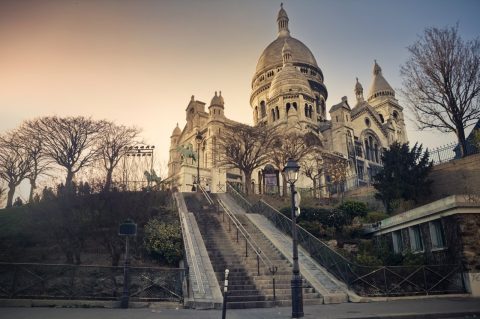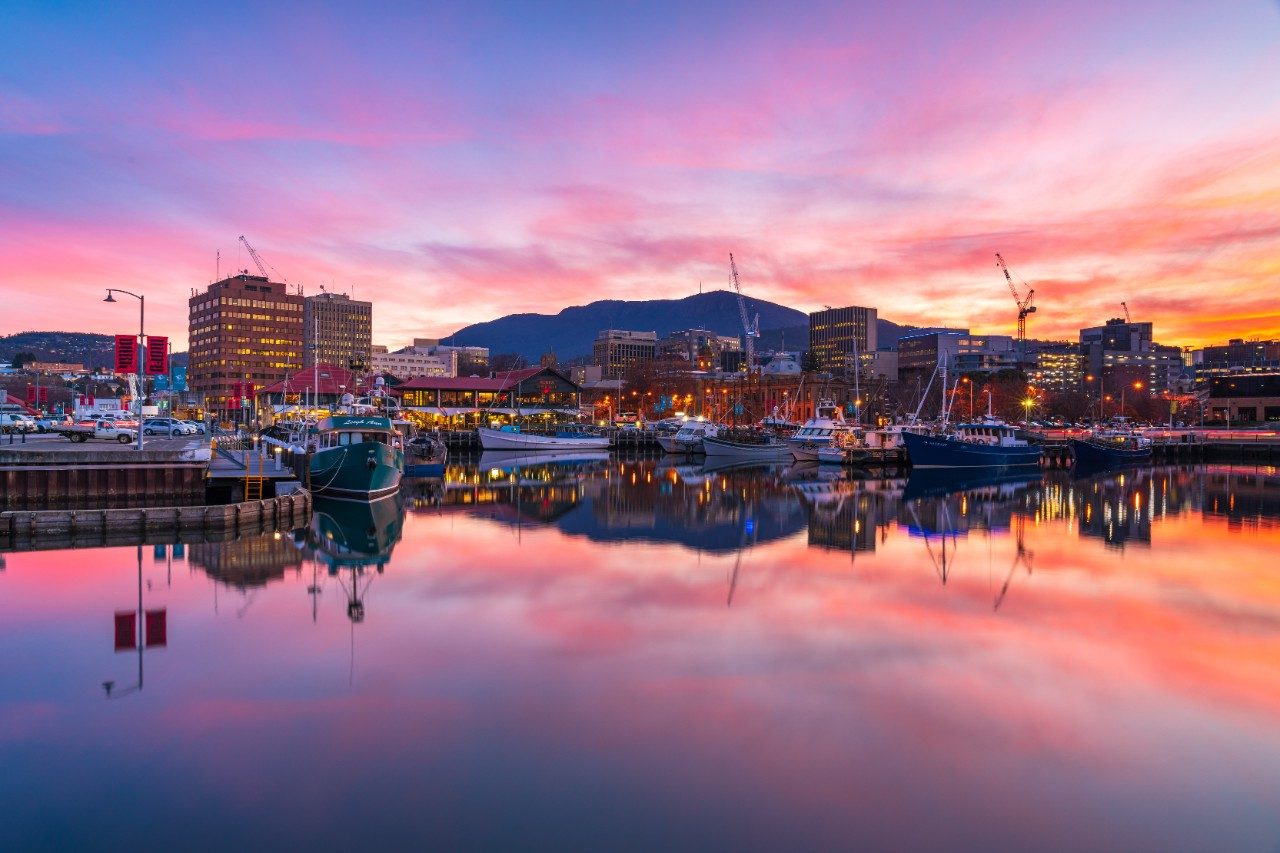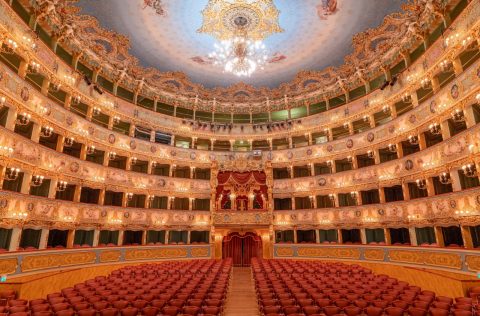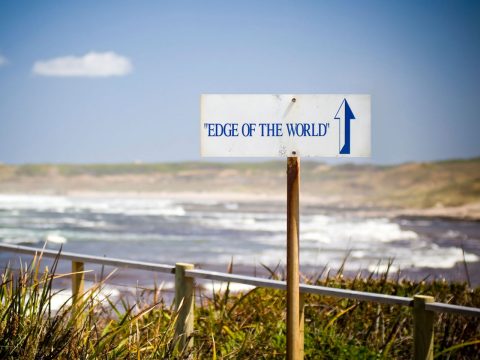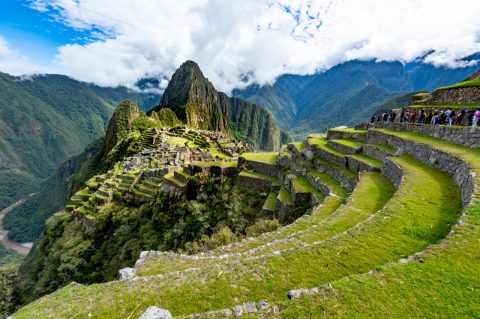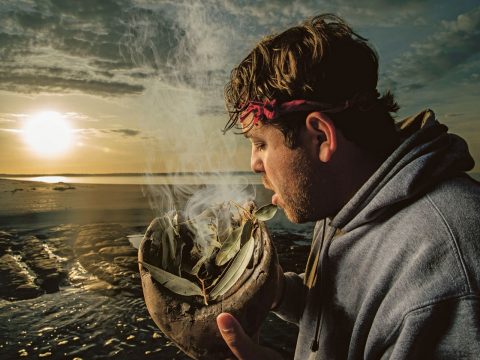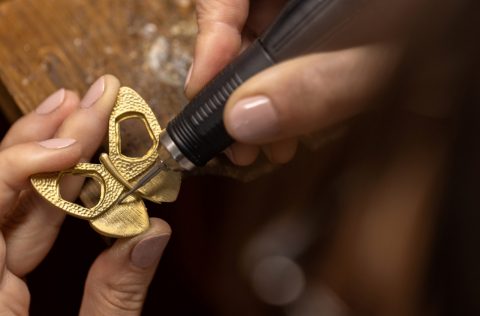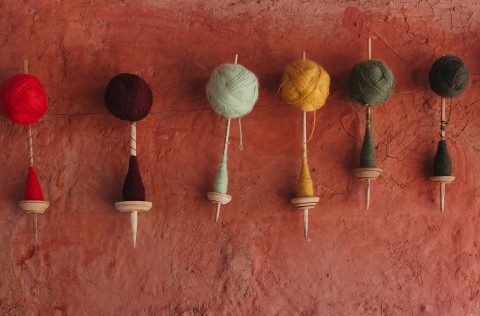The Best Creative Travel Experiences
You can make more than memories with these hands-on travel experiences that encourage your creative side.
Learn the secrets of an elite Parisian jewellery house
1/5Built at the behest of the Sun King, Louis XIV, and crowned by a Napoleonic monument, Place Vendôme is one of the most fabled and swanky squares in Paris. You’ll find the Ritz hotel here, naturally, but it’s also home to a coterie of the world’s finest jewellery houses, many of which set up shop more than a century ago in the former private residences that flank the place and the adjacent Rue de la Paix.
I find myself here one winter morning dressed in a white lab coat, having signed up for a class titled From French Jewels to Japanese Lacquer at L’École, School of Jewelry Arts, located inside an elegant 18th-century building on nearby rue Danielle Casanova. Established in 2012 by the French jewellery house Van Cleef & Arpels, L’École is open to the public, including complete novices – like me. The heritage brand has been a fixture on Place Vendôme since 1906, its designs worn by history’s most dazzling women, including Princess Grace of Monaco and Maria Callas.
The session I’ve chosen is one of 30 two- to four-hour-long, theory-based courses and hands-on workshops, available in both French and English. Other subjects cover the gamut of the métier, from gouaché (the art of painting jewellery in opaque watercolours) to gemmology, alongside a revolving program of exhibitions and online conferences.
In just one afternoon, I’m set to learn some of the know-how behind two artistic professions: high jewellery and the Eastern decorative art of Japanese urushi lacquer. The group is split in two and as I’m not adept in the visual arts, I decide to start with the jewellery workshop. It’s held in a brightly lit room equipped with the same workbenches used in the ateliers. Before long, I’m trimming a small brass butterfly with a mini handsaw then filing and polishing it. It’s easy enough, requiring a steady hand and a little patience. There are four of us at the bench, women across a spectrum of ages, and an air of studious calm settles over the room. Our guide, Victoria, intercepts when needed as we wield electric filing tools. I feel content when I complete the task without injury to myself or the butterfly.
That feeling lasts only until the lacquer component of the class begins, which involves sketching a design on washi (Japanese paper) before transferring it onto enamel butterfly wings using gofun, a kind of white paint based on oyster shells. My illustrative skills are woeful but we’re patiently tutored by master lacquer lecturer Franck Kaïho Cengizalp, a bespectacled gentleman who has mastered the art over 30-plus years. I manage to draw a simple design and then relax into the fun part: bedazzling (though they don’t call it that here) with gold powder, a practice known as maki-e, and finessing the motif with pearlescent pieces of nacre. Other students, all solo attendees, mostly here on holiday and happy to make new friends, yield more compelling results.
After four hours, I’m pleased to have gained a new skill, although to be a certified urushi master I’d need to put in at least another 20 years. That’s a long time, I think, as I step out into the early evening and head towards the Ritz Paris to toast my efforts with champagne at Bar Hemingway.
Mingle with makers in India
2/5“Your day could start with a visit to the Govind Devji temple, where you’ll see grown policemen crying with happiness and joy,” says stylist Megan Morton, founder of The School, describing the twice-yearly excursions she runs to Jaipur, in the northern Indian state of Rajhastan. “That might lead into an afternoon learning natural dye techniques or a visit to a block-printing studio, where you’ll walk away with a woodblock that you can’t believe you carved yourself.”
Morton’s itineraries feel like a kaleidoscopic tumble through the “pink city”, with a dash of the lucky alchemy all great travel yarns are woven from. In truth, not a single moment of your six-day small-group tour (of about nine guests) is left to chance.
“I have someone test the food at the restaurants we’ll be eating at the day before we arrive,” says Morton, who vets potential participants on the all-inclusive adventures via Zoom and is committed to removing any barrier that stands in the way of “her” women (yes, they’re all women) and unfettered creative enlightenment. Every experience is wrapped in luxury, whether it’s the nightly gifts left on your pillow at the sumptuous, ruby-hued Villa Palladio or the fact that Morton’s local fixer will hold your place in line at the Patrika Gate to save you lining up in the heat.
There’s no booking website so it’s word-of-mouth and Morton’s social media presence that ensures the trips – which also visit Tokyo, Paris and Kenya’s Lamu Island at various stages throughout the year – boast hefty waiting lists. “We meet you at the airport,” she says, “and from that moment on, I don’t want you to have to make a single decision.”
Practice photography in the NSW Northern Rivers… and beyond
3/5“I’m big on sharing,” says photographer and former high school teacher Lean Timms. “For me, the best way to do it is without the industry secrets or competition you often see in the arts.”
Everyone, from beginners who want to take better snaps of their kids to professional photographers, is welcome at Timms’s two-day intensives, where her goal is to “set people up so they feel really at ease”, while imparting practical storytelling and camera skills.
Her recipe is simple and effective: a gorgeous destination, seasonal meals prepared by a local chef and a spirit of openness that invites her 15-or-so participants to relax within moments of arriving. Accommodation is up to you, though Timms has plenty of stellar recommendations and encourages her students to tack on a few days either side of the course to explore. Last year, workshops were held at food stylist Michelle Crawford’s historic Huon Valley property in Tasmania and at Enoteca Marilu in Italy’s Tuscany, hosted by food writer Emiko Davies. Chef Danielle Alvarez prepared a feast for participants at the NSW getaway at Glenmore House, while Annie Smithers (chef and owner at du Fermier) supplied homegrown vegetables for the Victorian iteration at The Estate in Trentham.
“It’s a mix of theory and practical, with plenty of time to soak in the beautiful location, as well as gaining the confidence to shoot with your camera using manual settings and natural light,” says Timms. And there’s no special equipment required. “It doesn’t matter what you’re shooting on – it could be an iPhone.”
Course details are released about two months in advance and Timms says they sell out quickly. This year’s options include, among others, idylls in the Northern Rivers region of NSW, Western Australia’s Margaret River and international locations that are still under wraps.
Study ceramics under the Tuscan sun
4/5After days spent learning pottery techniques under the tutelage of internationally renowned artists, punctuated by long lunches that celebrate Tuscany’s bounty, students at La Meridiana are encouraged to spend their downtime cooking, reading and soaking up the region’s Renaissance and Etruscan heritage.
The renowned ceramics school is set within a vine-covered 17th-century farmhouse in the town of Certaldo, a 50-minute drive from Florence, and its Throwing Marathon course (15 to 21 September) offers five days of experimentation with clay. With just one catch: nothing is fired so no matter what you make, you can’t bring your creations home with you. It’s all about learning the techniques.
“In many ways, this is the most exciting course out of the dozens per year we offer,” says Claudia Bruhin, who has been La Meridiana’s director for 17 years. “Potters understand that while you may get attached to the beautiful things you make, you also need to be willing to let them go.”
With courses ranging from five days to an intensive three months, La Meridiana has become something of a mecca for students of all levels looking to immerse themselves in Tuscany’s millennia of artistic inspiration. Classes are small (about 10 to 15 people) and participants can choose to stay in one of the refurbished homes within walking distance of the school or organise private accommodation.
“It’s a really wonderful thing to watch our students work, whether they’re here for a short stay or a long one,” says Bruhin. “Watching someone give space to their passion is such a special experience.”
Up Next
5/5